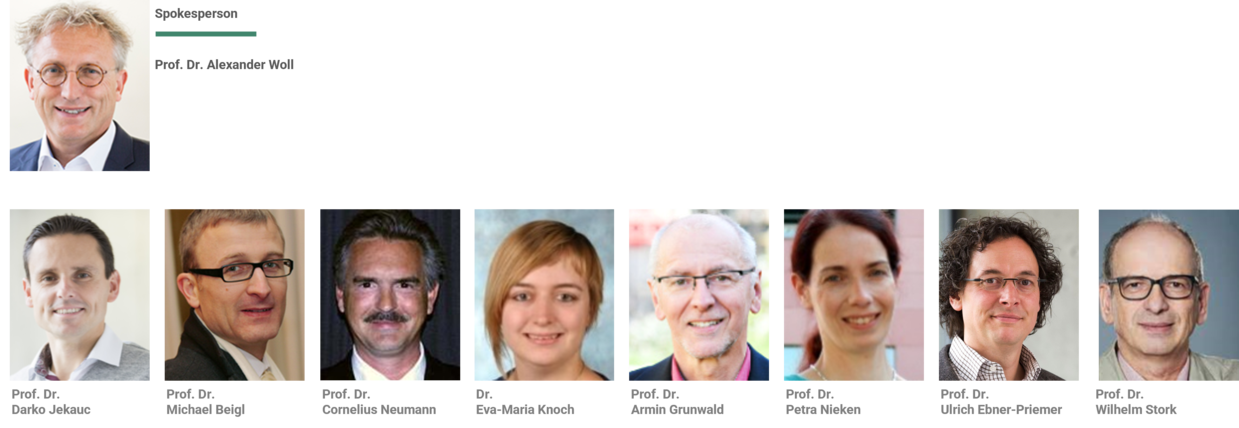Seamless Usable Health
How do we integrate health technology and health competence (e.g. care personal, experts) seamlessly in our daily life? What are strategies for cooperation between the everybody and care personal, and between various care personal, how can we make applications that are good designed and what novel, seamless integrated human-computer interaction concepts do we need? When do we need health related advice from others via telemedical channels, and what are the technical prerequisites? And can we use these many data to speed up the construction of medical theories?
Future health systems will interact completely different than before. First, it will be more inclusive, going beyond patients and care professionals reaching out to the everybody. Second, it must be more efficient, effective, usable and tailored to the actual needs of humans. Two major research areas are working here together, namely HCI and communication technologies, and KIT is actively performing top research in either communities. In HCI, our unique approach is the use of AI to design, re-design and evaluate the interaction between a user, patient and care professional and its devices to make the interfaces more ergonomic and efficient, and to compute more effective presentation formats. Tele-communication aspects are ubiquitous in the health domain and covers both technical and organizational topics : from telecooperation over Internet enabled diagnosis between care professionals and remote diagnosis and treatment of a person to integrating body worn diagnostic and treatment devices via real-time and secured communication. KITs competence in the basic communication technology – as the founder of the German Internet – and its strong research position in teleperception and telemedicine provide an excellent basis for fundamental research and innovation progress, and is especially strong in evaluating research and innovation outcomes.
Projects
(Digital) Leadership, communication, and cooperation strategies in Health (Nieken)
Usable health using Smartphones (Beigl)
Theory-based, mobile applications for individualized cognitive and physical exercise in older adults, families and other settings (Woll)
Designing and adapting digital applications to mental health needs (Jekauc)
Understand the relationship between users physical condition, performance and attentiveness to design e.g. handover scenarios (Knoch)
Develop methods to reailize, that a person becomes a patient before he is one (Knoch)
Telemedizin (Stork)


